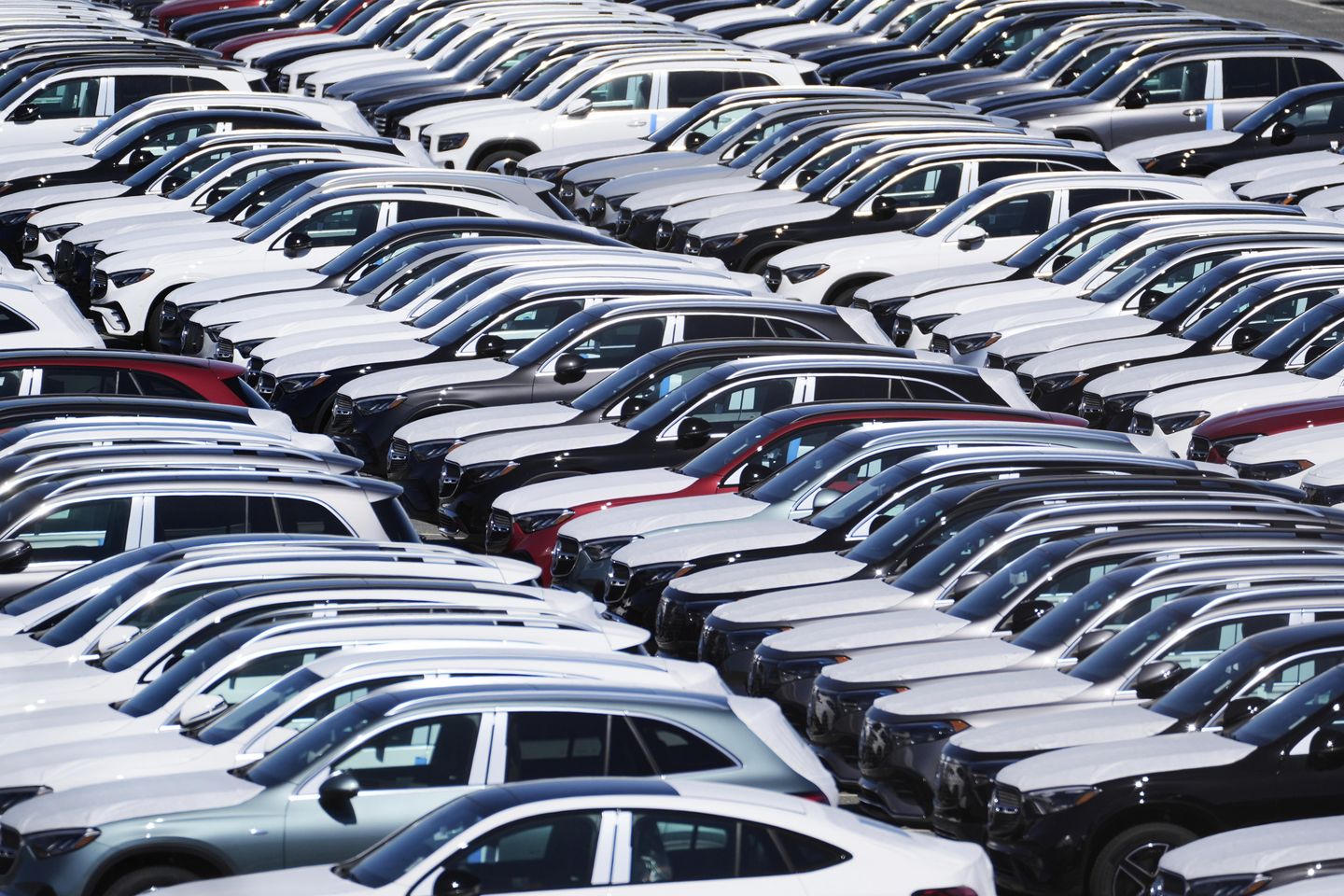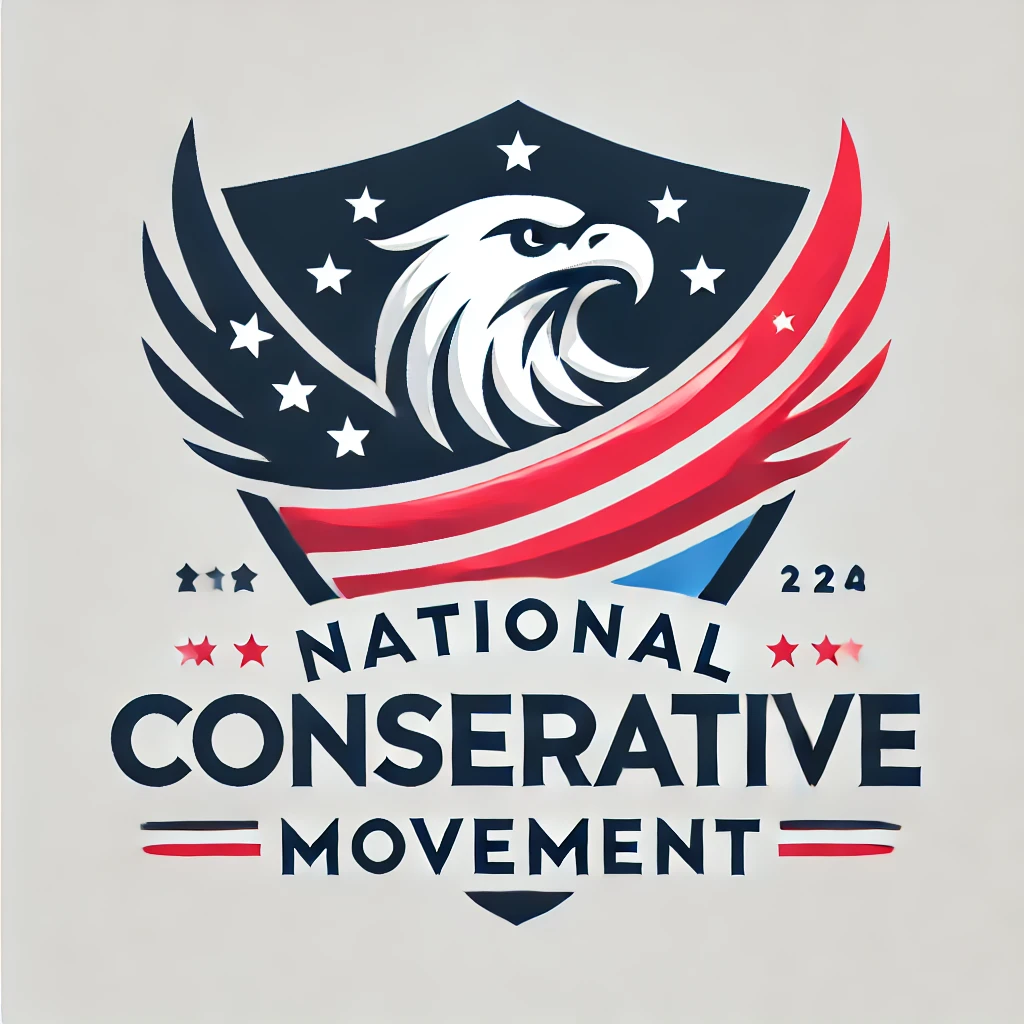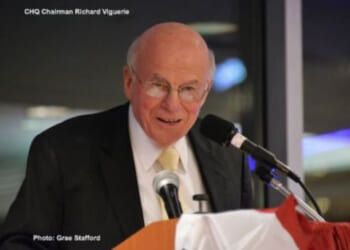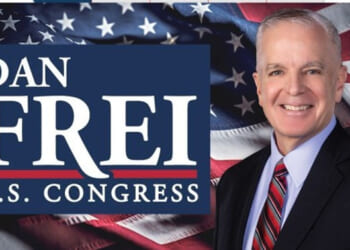
President Trump’s tariffs on foreign-made cars and auto parts are only weeks old, but they’re sending shockwaves through the global marketplace, as automakers shift production to the U.S. or look to alternate markets to avoid America’s levies.
Asian countries are debating government subsidies to lessen the pain on their export-heavy auto sectors, while American consumers are snapping up deals ahead of potential cost increases on tariff-impacted inventory.
“Price hikes are coming,” said Stephanie Brinley, an automotive analyst at S&P Global Mobility.
Dealers saw higher sales in March and April than expected, she said, adding, “We do see people trying to get ahead of it a little bit.”
Mr. Trump set off the frenzy in late March, announcing tariffs of 25% on automobiles made outside the U.S., effective April 3, and on foreign auto parts, effective May 3.
He relied on Section 232 of the Trade Expansion Act, which authorizes the president to impose duties to protect national security. He said the domestic auto industry “has been undermined by excessive imports threatening America’s domestic industrial base and supply chains.”
Mr. Trump says tariffs — a tax or duty paid by importers on the goods they bring into the U.S. — are a great way to force companies to return to America or keep their operations in the U.S., employ American workers and create revenue to fund domestic programs.
Opponents of tariffs say the costs are inevitably passed along to consumers.
Analysts who’ve studied the early impact of the auto tariff repeated the word “uncertainty” in interviews with The Washington Times.
The picture will become clearer as dealers sell existing inventory and tariffs take hold on new imports.
As Memorial Day kicked off the summer driving season, carmakers are highlighting their efforts to avoid tariff pain or hold the line on prices.
German automaker Mercedes-Benz said it is maintaining its model-year 2025 prices until further notice and will produce a new car in Tuscaloosa, Alabama, starting in 2027, as Mr. Trump prods foreign makers to set up shop in the U.S.
“We continue to monitor the situation closely, are evaluating all options, and will adjust to changing market conditions and the competitive landscape if needed,” the company told The Times.
Audi, a German luxury subsidiary of Volkswagen Group, said it will maintain pricing on its new and existing models through the end of May but is “continuing to evaluate the impact of the changing tariff landscape long-term.”
The administration says there might be a difficult transition period, but that exporters who rely on the high-spending U.S. market must find ways to absorb the costs of tariffs.
It also believes its get-tough trade tactics are paying off.
Mr. Trump feted Hyundai executives at the White House in March to celebrate a $20 billion investment in steel and auto production in the U.S., and Japanese automaker Honda said it will ramp up production of its Civic model in Indiana.
Japanese automaker Toyota is boosting hybrid-vehicle output at a West Virginia plant, and German carmaker BMW is considering new shifts at its plant in Spartanburg, South Carolina, so U.S.-made units aren’t hit by tariffs.
“Some of the biggest auto plants in the world” are moving to the U.S., Mr. Trump said in late May. “Only for one reason, maybe two reasons — Nov. 5, and the tariffs. The tariffs have driven tremendous business into this country.”
Mr. Trump’s tariff plan is fueled by a desire to see more cars and trucks built in America instead of abroad. His executive order said Americans bought roughly 16 million cars, SUVs and light trucks in 2024 and that roughly half were imported.
Domestic content in the 8 million U.S.-assembled cars amounted to around 50%. All told, the administration believes only a quarter of vehicle content can be categorized as “Made in America.”
The administration granted limited relief on auto parts tariffs, saying companies won’t be double-taxed alongside other tariffed imports, and that carmakers can qualify for rebates that will be phased out over two years.
Joe Praveen, associate director of mobility research at Frost & Sullivan, said some automakers stockpiled key components in anticipation of the tariffs, which will hold them in good stead for the immediate future.
He said Rivian, for example, stockpiled electric-vehicle batteries from China before the tariffs were announced, and Ford brought in transmissions, brakes and engines to soften the impact of tariffs in the short to medium term.
The auto sector is highly integrated worldwide, both to reduce company costs and to meet global demand by making vehicles closer to where the customer base resides.
Despite early signs of increased U.S. production, analysts say Mr. Trump’s demand for a Made-in-America surge cannot happen quickly. Automakers expect factories to operate for decades once they invest the time and money into new manufacturing.
“This isn’t something you can just flip the switch and go, ‘Yeah, I was making it over there yesterday, and I’m gonna make it here today. We’re good to go,’” Ms. Brinley said. “It can’t happen like that. It takes investment. It takes planning.”
The U.S. is negotiating a series of trade deals with other countries that could, in theory, alter the tariffs.
For instance, the White House struck a deal with the U.K. that allows a quota of 100,000 British vehicles to enter the U.S. on a 10% tariff instead of 25%.
“You don’t really know what the tariff is going to be — you kind of know what it is today, but they could change,” Ms. Brinley said. “We don’t have any idea if it will survive this presidency or last to another, that’s a crystal ball I don’t think anyone has.”
The U.S. automotive sector is highly integrated with Mexico, which offers low labor costs and proximity to the U.S. market, and with Canada, where factories in Ontario have had ties with big Detroit automakers stretching back to Henry Ford in the early 20th century and a major auto-trade pact from the 1960s.
Experts said automakers might not want to move operations from major Ontario factories to the U.S., given the difficult logistics of a transfer, plus the potential for negotiations to revise the U.S.-Mexico-Canada agreement.
“If I’m an automaker with operations in Canada, I am reluctant to give up my assembly plant operations because it takes a long time to set up new ones,” said Greig Mordue, an associate professor at McMaster University in Hamilton, Ontario, and former general manager of Toyota Motor Manufacturing Canada.
Some carmakers are highlighting their current footprint in the U.S.
Nissan said more than half of its U.S. sales volume is sourced from its plants in Tennessee and Mississippi.
Kyle W. Bazemore, director of corporate communications for Nissan Americas, said the company will maintain two shifts of Nissan Rogue production at its plant in Smyrna, Tennessee.
“The company currently has ample inventory at our U.S. retailers that is unaffected by the new tariffs, and prices on imported models will remain unchanged through at least June 2,” he said.
Auto-market analysts say consumers must brace for sticker shock from the tariffs, eventually.
“We’ll obviously have to pay higher for the imported cars,” said Kishore Kulkarni, a distinguished professor of economics at the Metropolitan State University of Denver.
Ford recently announced a price increase of $2000 on each of its Mexico-imported models — the Bronco Sport, Maverick and the Mustang Mach-E — and Subaru announced price hikes between $750 and $2000, citing “market conditions.”
Automakers might raise the price of U.S.-made cars, too, as the cost of foreign models rises, creating a cushion for them to seek higher profits.
“They have some leeway to do that,” Mr. Kulkarni said.
Given widespread uncertainty, some dealers are inducing U.S. consumers to buy now.
“Many consumers are accelerating their purchases of new cars ahead of the tariffs. Some consumers are looking to unload older models ahead of schedule to purchase a new one ahead of the tariffs, or are looking at late-model used cars,” said P. Roberto Garcia, a distinguished clinical professor of International Business at Indiana University in Bloomington.
Stellantis, a multinational automaker whose portfolio includes Chrysler, Fiat, Jeep, RAM and other brands, extended its “Freedom of Choice” employee-pricing program through the end of May, as it tries to gain market share during a period of flux for the industry.
Likewise, Ford extended its springtime “From America, For America” employee-pricing discount to Independence Day for all U.S. customers.
Mr. Trump paused hefty “reciprocal” levies on countries that sell plenty of products to U.S. consumers but don’t buy nearly as much from American producers, and he scaled back tariffs on China from 145% to 30%.
Yet tariffs on steel, aluminum and cars have been in place since March, making them an early test case for Mr. Trump’s trade agenda — and a headache for other nations.
“Japanese and European automakers and parts suppliers are preparing their shareholders for large losses due to tariffs. Japanese automakers are expected to lose about $11 billion over the next year and perhaps much more,” Mr. Garcia said.
Seoul in April announced a series of financial support measures for the South Korean auto industry while it negotiates with Washington on trade, including subsidies to jump-start domestic demand.
“Another way to react is to just find something else. They can go to Africa and Asia and try to divert the trade to some other destination,” Mr. Kulkarni said.
Indeed, South Korea’s Ministry of Trade, Industry and Energy recently reported that auto exports surged to Europe and other parts of the world, while its U.S.-bound exports shrank a whopping 19.6% from “the impact of tariffs and other factors.”
One of those factors, however, was Hyundai’s decision to open a $7.6 billion electric-vehicle plant in Georgia.
Mr. Trump pointed to the production move as firm proof that his plan is working just fine.
“Hyundai will be producing steel in America and making its cars in America,” Mr. Trump said during a White House meeting with Hyundai executive chair Chung Eui-sun. “And as a result, they’ll not have to pay any tariffs.”












